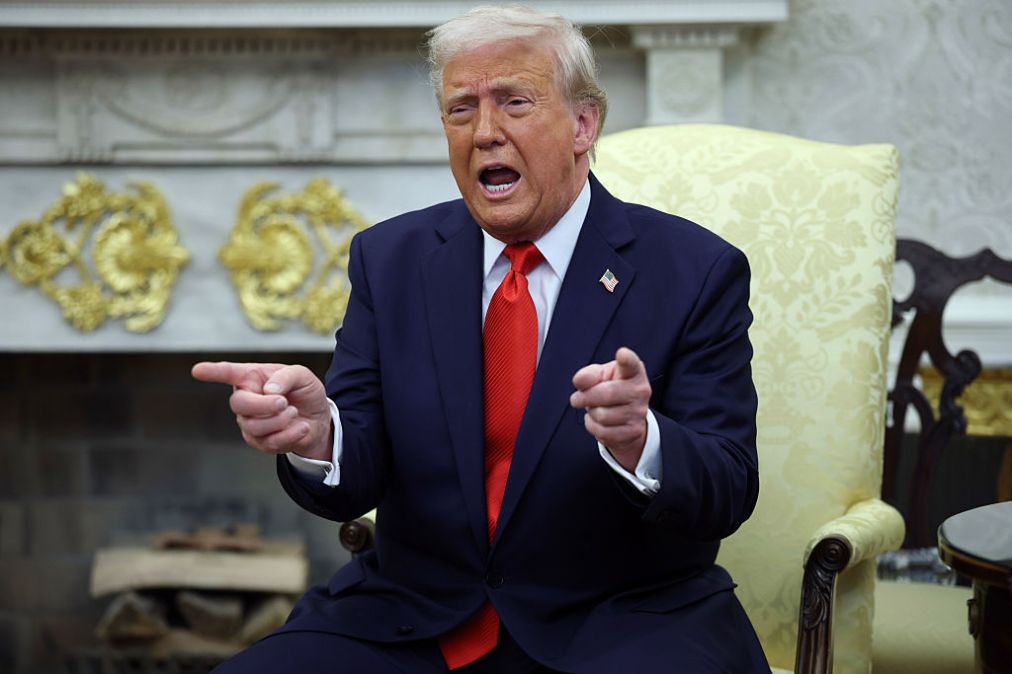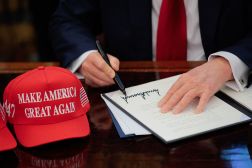Trump EOs aim to overhaul federal procurement, contracting systems

President Donald Trump signed a pair of executive orders Tuesday to revamp the federal procurement and contracting processes, part of the administration’s sweeping takedown of government regulations.
The procurement order takes aim at the Federal Acquisition Regulation, which the White House says has evolved “into an excessive and overcomplicated regulatory framework and resulting in an onerous bureaucracy.”
To “create the most agile, effective, and efficient procurement system possible,” Trump’s EO calls for the removal of “undue barriers” and “unnecessary regulations” in procurement. As part of that approach, the order says the “FAR should contain only provisions required by statute or essential to sound procurement, and any FAR provisions that do not advance these objectives should be removed.”
The order calls for the head of the Office of Federal Procurement Policy, members of the Federal Acquisition Regulatory Council, and senior agency acquisition and procurement officials to coordinate on aligning the FAR with the order’s instructions within 180 days.
Every agency with procurement authority is directed to designate a senior acquisition or procurement official for the FAR realignment within 15 days, and within 20 days, the Office of Management and Budget director must issue a memo with implementation guidance. The OFPP administrator is charged with overseeing the sunsetting of various FAR provisions.
Kevin Rhodes, OMB senior advisor, said in a statement that the FAR overhaul “will reduce more than 40 years of bureaucratic buildup that will unleash our procurement system with generational change and results.”
The contracting order is a bit lighter on details, simply calling for agencies to buy commercially available products and services with the elimination of “unnecessary and imprudent expenditures of taxpayer dollars” in mind.
Within 60 days, agency contracting officers will be asked to review “all open agency solicitations, pre-solicitation notices, solicitation notices, award notices, and sole source notices for non-commercial products or services, such as highly specialized, Government-unique systems, custom-developed products or services, or research and development requirements where the agency has not identified a satisfactory commercial option.” Market research and price analysis should be included as rationale for purchases.
A month after purchase applications are received, agencies’ senior procurement executives will be tasked with assessing proposals’ compliance with the Federal Acquisition Streamlining Act, and deliver recommendations to “advance the solicitation of commercial products or services where those products or services would be sufficient to serve the applicable procurement needs.”
Procurement executives would then be required to deliver a report to the OMB director within 120 days of the EO, “detailing the agency’s compliance with FASA and its progress toward implementing” the White House’s policies.






